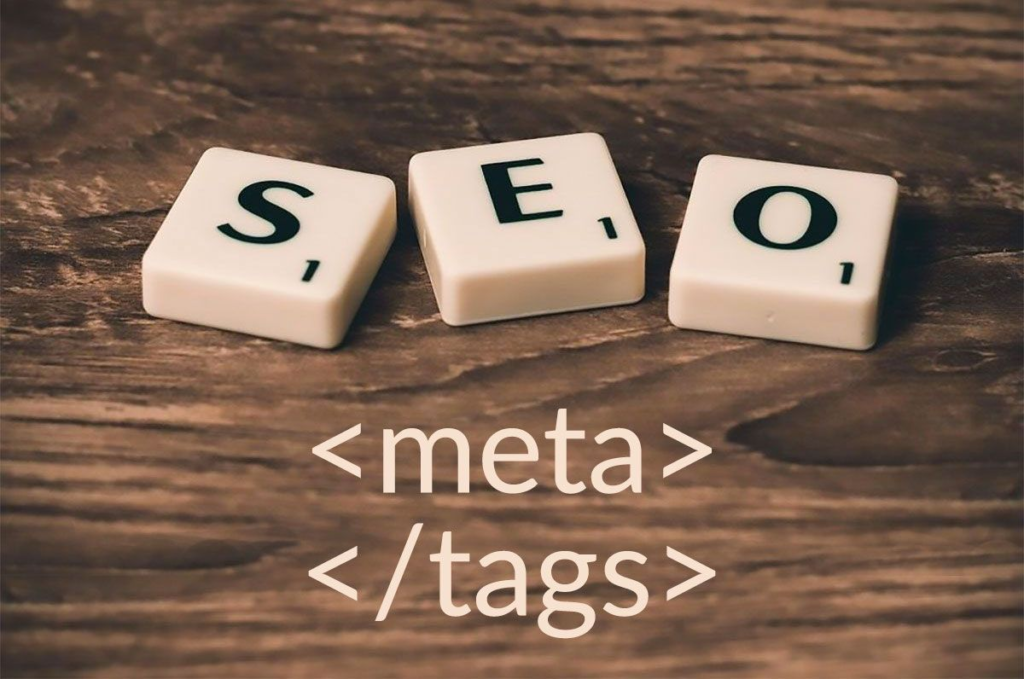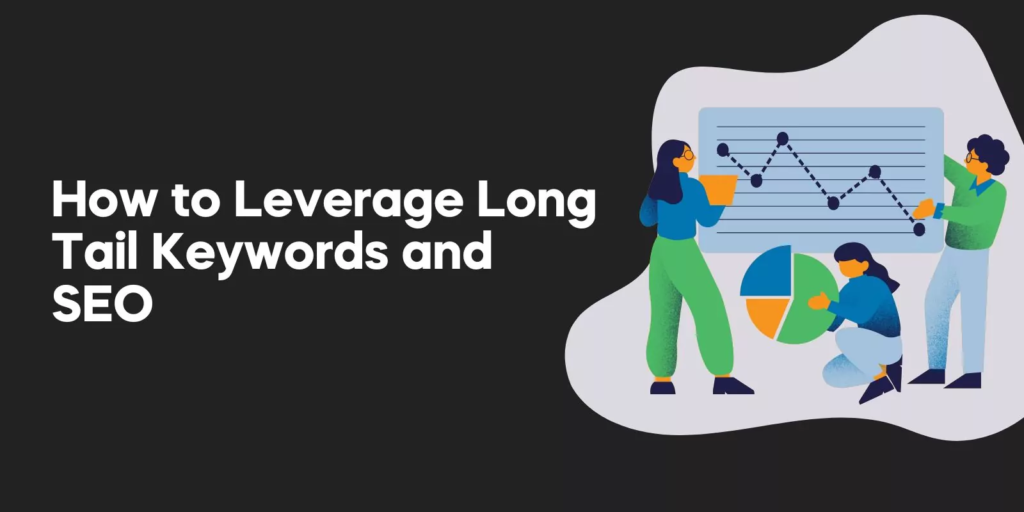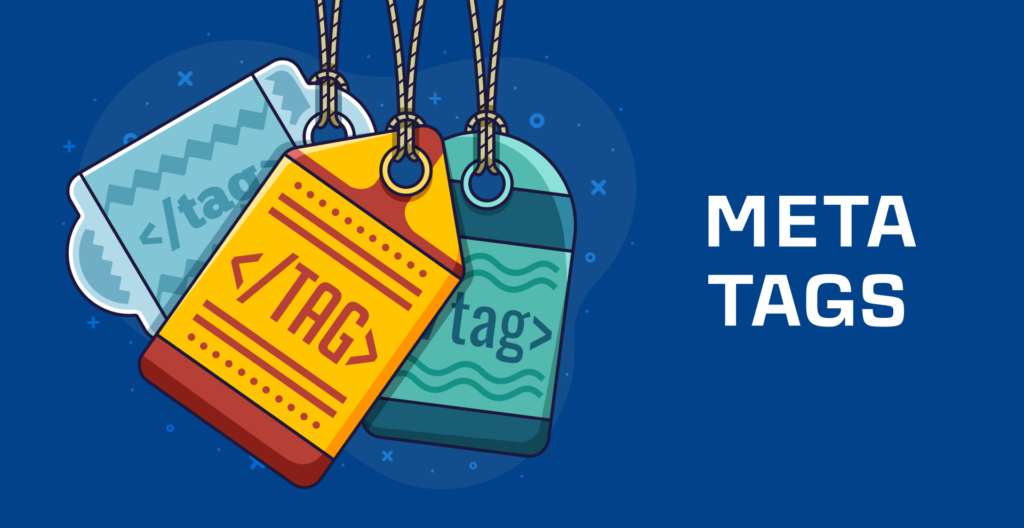Welcome to our comprehensive guide on crafting effective meta tags that not only improve click-through rates (CTR) but also pave the way for enhanced SEO success. In this article, we delve into the intricate world of meta tags, unveiling the secrets to outranking competitors and securing higher visibility on Google’s search results page.

Understanding the Power of Meta Tags
Meta tags are the unsung heroes of on-page SEO. They are snippets of HTML code that provide information about a webpage’s content to search engines and users. While some consider them insignificant, mastering meta tags can significantly impact your website’s search engine ranking and click-through rates.
Also Check Crafting an Unbeatable SEO Content Calendar 2023
Crafting Compelling Title Tags
Title tags are the first impression users have of your webpage on the search results page. To outrank your competitors, create compelling and keyword-rich title tags that succinctly capture the essence of your content. Incorporate your primary keyword naturally while ensuring the title remains engaging and informative.
Example: Suppose you’re writing an article about “Healthy Breakfast Recipes.” A captivating title tag could be: “Delicious and Nutritious Healthy Breakfast Recipes to Kickstart Your Day.”
Meta Descriptions: Your Elevator Pitch
Meta descriptions are like elevator pitches for your content. They provide a brief preview of what users can expect when they click through to your webpage. Optimize your meta description by including relevant keywords, a clear call-to-action, and a promise of value. Remember, the meta description plays a crucial role in enticing users to click, so make it compelling.
Example: “Discover a Variety of Nutritious and Easy-to-Make Healthy Breakfast Recipes. Energize Your Mornings with our Delicious Options. Click Now!”
Unleashing the Potential of Header Tags
Header tags (H1, H2, H3, etc.) structure your content and make it more readable for both users and search engines. By utilizing header tags effectively, you create a logical hierarchy that guides readers through your content. Incorporate relevant keywords naturally in your headers to enhance their SEO impact.
Image Alt Text: A Hidden SEO Gem
Images are integral to engaging content, but search engines can’t “see” them. This is where image alt text comes into play. Craft descriptive alt text that incorporates keywords to enhance your content’s accessibility and SEO ranking.
The Role of Structured Data
Structured data, often referred to as schema markup, provides search engines with additional context about your content. Utilize structured data to enhance your search engine listings with rich snippets, such as star ratings, reviews, and recipe information, depending on your content type.

Leveraging Long-Tail Keywords for Meta Tags
When it comes to outranking competitors, targeting long-tail keywords in your meta tags can be a game-changer. Long-tail keywords are more specific and often carry higher intent, attracting users who are closer to making a decision. Research and identify relevant long-tail keywords related to your content, and strategically incorporate them into your title tags and meta descriptions.
Example: “Wholesome Gluten-Free Breakfast Recipes for a Healthier You – Start Your Day Right!”
Mobile-Friendly Design: A Must-Have
In today’s mobile-centric world, ensuring your website is mobile-friendly is non-negotiable. Google considers mobile-friendliness as a ranking factor, and a responsive design can significantly improve user experience, leading to better click-through rates. Test your website’s mobile responsiveness and optimize your meta tags accordingly to cater to mobile users.
The Power of Internal Linking
Internal linking is a potent SEO strategy that not only helps users navigate your website but also distributes the SEO value across various pages. Incorporate internal links in your content that connect to relevant articles, thereby increasing the time users spend on your website and signaling to search engines that your content is valuable.
Engaging Meta Tags for Social Sharing
In the age of social media sharing, your meta tags play a crucial role in determining how your content appears when shared. Craft engaging and descriptive meta tags that encourage users to click when your content is shared on platforms like Facebook, Twitter, and LinkedIn. Utilize Open Graph tags for Facebook and Twitter Cards for Twitter to control how your content is displayed.
Analyzing and Iterating for Success
Outranking competitors is an ongoing process that requires continuous analysis and iteration. Monitor your click-through rates, bounce rates, and search engine rankings. Utilize tools like Google Analytics and Search Console to gain insights into user behavior and adjust your meta tags accordingly. A/B test different variations of your title tags and meta descriptions to identify what resonates best with your audience.
Embracing Rich Media for Enhanced Engagement
Engagement is a key factor in SEO success. Incorporating rich media such as videos, infographics, and interactive elements can enhance user engagement, leading to longer time spent on your website. Utilize relevant rich media and optimize their associated meta tags to provide a more comprehensive and immersive user experience.

Establishing Authoritative Backlinks
In the realm of SEO, backlinks are a currency of credibility. Cultivating high-quality, authoritative backlinks from reputable sources can significantly boost your website’s ranking and authority. Collaborate with industry influencers, guest post on relevant blogs, and participate in discussions to earn backlinks that vouch for the value and trustworthiness of your content.
User-Intent Optimization: The Heart of SEO
Understanding user intent is pivotal in crafting meta tags that resonate with your audience. Google’s algorithm increasingly prioritizes providing users with content that aligns with their intent. Tailor your meta tags to cater to different user intents – informational, navigational, and transactional – to ensure your content appears in front of users who are looking for exactly what you offer.
Harnessing Local SEO for Visibility
If your business has a physical presence, local SEO can give you a competitive edge. Craft meta tags that incorporate location-based keywords to capture local search traffic. Utilize schema markup specific to local businesses to enhance your appearance in local search results, complete with essential information like opening hours, reviews, and directions.
Voice Search Optimization: A Future-Focused Approach
With the rise of voice assistants, optimizing for voice search is becoming paramount. Voice queries tend to be longer and more conversational. Tailor your meta tags to align with natural language queries. Anticipate and provide succinct answers to common questions users might ask, optimizing your content for voice search and gaining an edge in this emerging landscape.
EAT: Expertise, Authoritativeness, Trustworthiness
Google places immense importance on EAT – Expertise, Authoritativeness, and Trustworthiness – when evaluating content. Showcase your expertise in your field through well-crafted meta tags that reflect your authority. Incorporate testimonials, certifications, and awards to establish trustworthiness, signaling to both users and search engines that your content is of the highest quality.
Conclusion
Crafting meta tags that outperform your competitors is a dynamic endeavor that requires a holistic understanding of SEO and user behavior. By incorporating mobile page speed optimization, social proof, semantic SEO, video SEO, and a commitment to continuous content updates, you can create a content strategy that not only captivates your audience but also earns the favor of search engines. The path to outranking your competitors is paved with thoughtful meta tag optimization and an unwavering dedication to delivering value and relevance. As you implement these strategies, watch your website’s click-through rates soar and your position on Google’s search results climb to new heights.

Frequently Asked Questions (FAQ) About Meta Tag Optimization
1. What are meta tags, and why are they important for SEO?
Meta tags are snippets of HTML code that provide information about a webpage’s content to both search engines and users. They include elements like title tags and meta descriptions. Meta tags play a crucial role in SEO by influencing how your content appears in search engine results and enticing users to click through to your website.
2. How do title tags impact SEO and click-through rates?
Title tags are the first thing users see on search engine results pages. Optimizing title tags with relevant keywords and engaging content can improve your website’s search engine ranking and increase click-through rates. A well-crafted title tag should accurately summarize your content while incorporating targeted keywords.
3. What is the purpose of meta descriptions?
Meta descriptions provide a brief overview of your webpage’s content. They influence users’ decision to click through to your website. An effective meta description should be concise, engaging, and include relevant keywords, enticing users to learn more by clicking on your link.
4. How can I optimize header tags for SEO?
Header tags, such as H1, H2, and H3, help structure your content for readability and SEO. Incorporate relevant keywords naturally in your headers to enhance their SEO impact. Create a logical hierarchy that guides readers through your content while making it more search engine-friendly.
5. What is the role of image alt text in SEO?
Image alt text is a description of an image that search engines can understand. It’s important for accessibility and SEO, as it helps search engines index your images and contributes to your overall content relevance. Use descriptive alt text that includes relevant keywords to enhance your content’s visibility.
6. How does structured data impact SEO?
Structured data, also known as schema markup, provides additional context to search engines about your content. It can lead to rich snippets in search results, which enhance the appearance of your listings. Utilize structured data to display specific information, such as reviews, ratings, and recipes, directly in search results.
7. How can I optimize for voice search?
Voice search optimization involves tailoring your content to match natural language queries users might ask their voice assistants. Craft meta tags that reflect conversational language and provide concise answers to common questions. This approach positions your content to rank well in voice search results.
8. What is EAT, and why is it important for SEO?
EAT stands for Expertise, Authoritativeness, and Trustworthiness. Google uses these factors to evaluate the quality of your content. Incorporate elements that showcase your expertise, such as certifications and awards, and build authoritativeness and trustworthiness through testimonials and industry recognition.
9. How does social proof impact click-through rates?
Social proof, such as user reviews and ratings, can be integrated into meta descriptions to establish credibility and encourage clicks. Positive social validation signals both users and search engines that your content is valuable and trustworthy.
10. Is continuous content updating necessary for SEO?
Yes, regularly updating your content and meta tags is crucial for maintaining a competitive edge. Freshness is a ranking factor, and up-to-date content demonstrates your commitment to providing relevant information. Regular updates keep your content current and engaging for users.
Remember, optimizing meta tags is an ongoing process that requires a combination of strategies to enhance your website’s visibility, user engagement, and search engine ranking.

